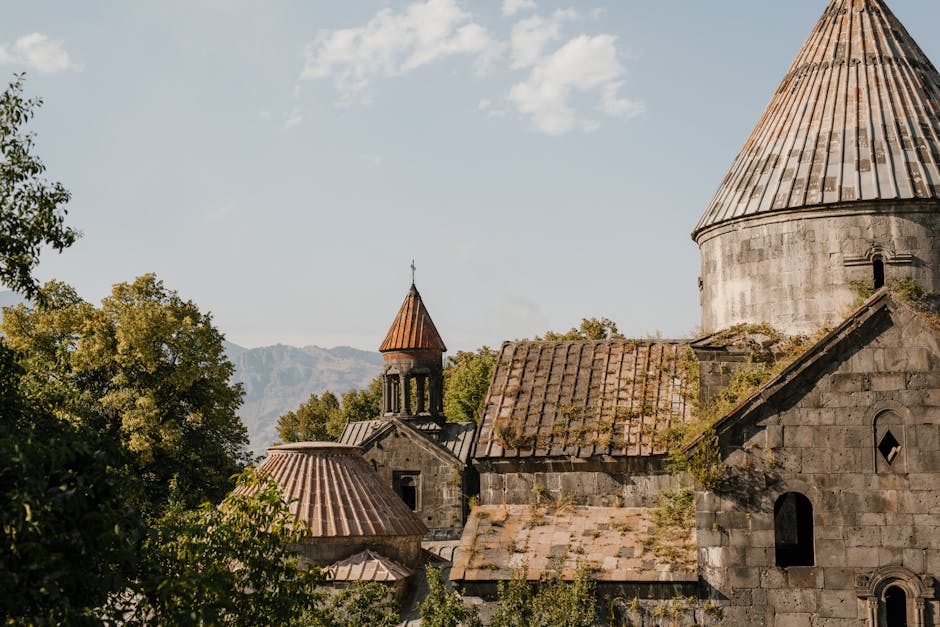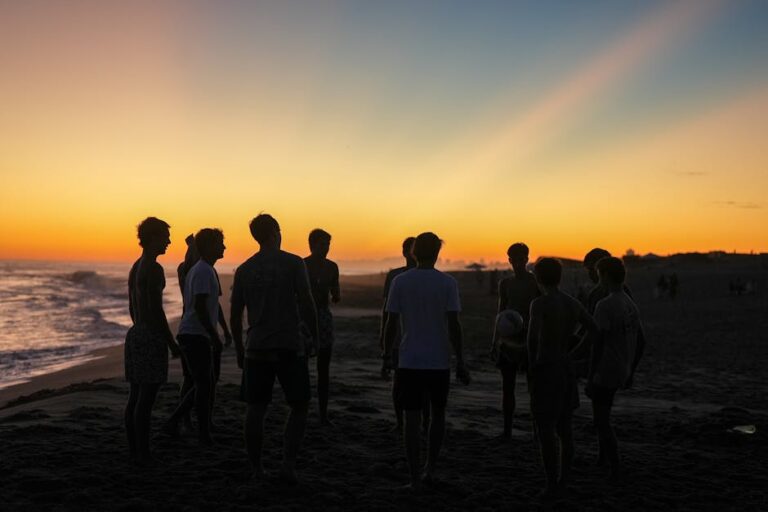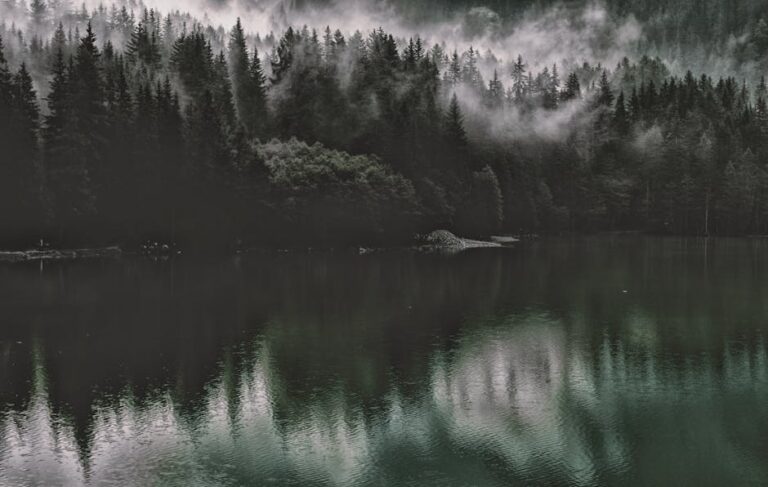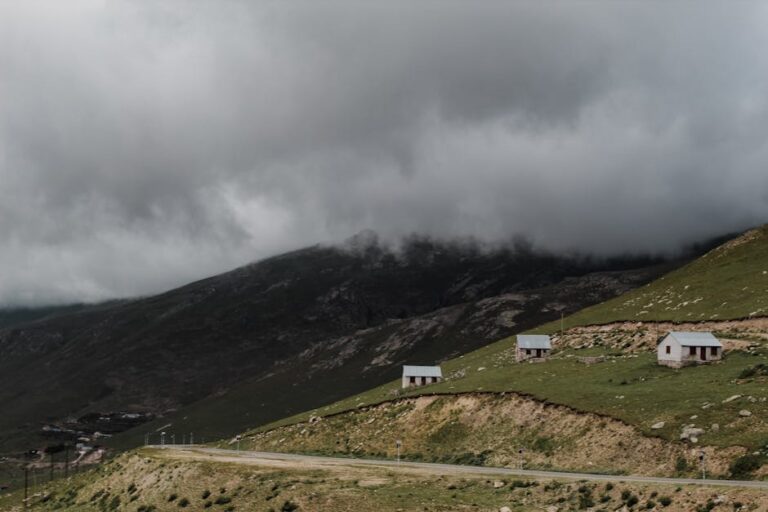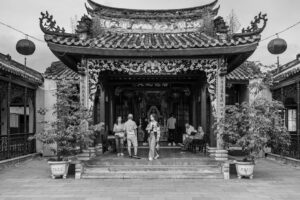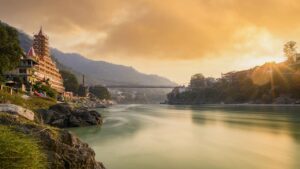Table of Contents
Alright, so thinking about heading from Delhi up to Srinagar in 2025, it’s honestly something a lot of people dream about. I mean, going from the kinda chaotic, buzzing energy of a huge city like Delhi to the really calm, almost dreamlike vibe of the Kashmir Valley? That’s a shift, right? For anyone who hasn’t been, Srinagar is just… different. It’s got that cool mountain air, the Dal Lake with those shikaras gliding around, and just a whole other pace of life. And yeah, getting there from Delhi, it’s not just a hop, skip, and a jump, but it’s totally worth the effort, and there are a bunch of ways to do it, depending on what you’re after.
What’s interesting is how much things change even year to year. Like, what was the best way to get there a couple of years ago might not be the most sensible now, or maybe new stuff pops up. So, for 2025, let’s just lay out the options, what might make sense, and what you should maybe think about before you even pack your bags. Because really, messing up the journey part can kinda mess up the whole trip, and nobody wants that.
Getting There: Planes, Trains, or Automobiles (Sort Of)
When you’re looking at Delhi to Srinagar, your main choices are basically flying, or some combo of train and road, or just hitting the road all the way. Each has its own good and bad points, and it really comes down to your budget, how much time you’ve got, and what kind of adventure you’re hoping for.
Let’s talk about flying first. For most people, this is probably the quickest way, and honestly, the least amount of fuss. You get on a plane in Delhi, and bang, in like an hour and a half, maybe two hours tops, you’re at Srinagar Airport (that’s Sheikh ul-Alam international Airport, by the way). A bunch of airlines fly this route – think IndiGo, Vistara, SpiceJet, Air India. What’s cool about flying is you skip all the potentially long road journeys, the traffic, the mountain passes. You just land, grab a cab, and you’re pretty much there. But, and this is a big ‘but,’ it’s usually the priciest option. Also, sometimes flights get delayed or even cancelled, especially if the weather in Srinagar turns bad, like super foggy or heavy snow in winter. I’ve heard stories, and seen it myself, where people get stuck, so always have a backup plan or at least be flexible with your schedule if you choose this. Booking ahead, like way ahead, usually gets you better deals. That’s kinda obvious, but it helps.
The Road Less Traveled: By Car or Bus
Then there’s the road trip option. This one, to me, feels like the most adventurous, but also the most… involved. You could drive your own car, or rent one with a driver, or even hop on a bus. The distance is something like 800 to 850 kilometers, give or take, depending on the exact route you take. This isn’t a one-day drive. Nope. You’re definitely looking at an overnight stop somewhere. Usually, people stop at Jammu or Udhampur. The route generally goes from Delhi to Ambala, then Ludhiana, Pathankot, Jammu, and then up the Jammu-Srinagar National Highway.
Now, this highway, it’s got a bit of a reputation. Parts of it are amazing, winding through hills, with some really pretty scenery. But other parts can be pretty dicey, especially the stretches around Ramban and Banihal. Landslides are a real thing, especially during monsoon or when it snows a lot. And traffic jams? Oh my gosh, sometimes they can last for hours. So, if you’re planning a road trip, you really gotta be okay with unpredictability. The Jawahar Tunnel and the new Nashri Chenani Tunnel (Dr. Syama Prasad Mookerjee Tunnel) help a lot, cutting down travel time, but it’s still a mountain road. What’s nice, though, is you get to see the landscape change so much, from the plains to the foothills to the mountains. You can stop at small dhabas for tea and snacks, meet local folks. It’s more of an experience, if that’s what you’re into. Just make sure your vehicle is in good shape, and you’ve got a driver who really knows those roads. It’s not for the faint of heart, or for someone who gets car sick easily.
The Train-Bus Combo: A Different Pace
Another way, which is a bit of a mix, is to take a train from Delhi to Jammu Tawi, which is the closest major railway station. Trains are generally pretty comfortable, especially if you get an AC class seat, and it’s less tiring than driving all the way. Plus, trains usually run on time, which is nice. Once you reach Jammu Tawi, you’ll then need to catch a bus or hire a taxi for the rest of the journey to Srinagar. That’s about 250-300 kilometers more, which will take another 6-8 hours by road, depending on conditions. This mix can sometimes be cheaper than flying and a whole lot less stressful than driving the entire way from Delhi. It breaks up the journey, giving you a chance to stretch your legs and see a different part of the region. I think for many, this strikes a good balance between cost and comfort, especially if they aren’t super keen on flying or spending two full days driving.
When to Plan Your Trip to Srinagar
Timing your visit to Srinagar from Delhi is pretty big, because the weather changes everything. Honestly, it changes the whole vibe of the place and even how easy it is to get there.
Most people say late spring (April to May) or autumn (September to October) are the best times. In spring, the famous Tulip Garden is open, and all the flowers are blooming, the Chinar trees are just turning green, and the weather is super pleasant – not too hot, not too cold. It’s beautiful. In autumn, the Chinar leaves turn this amazing golden, reddish color, which is just something else. It’s cool and crisp, perfect for houseboating and shikara rides.
Summer (June to August) can be a good escape from Delhi’s heat, but it can also get pretty busy with tourists. The weather is warm, but usually not Delhi-hot, so that’s a plus. Winter (November to March) is magical if you like snow. Srinagar turns into this white wonderland. But, and this is important, travel can get tricky. Flights get delayed or cancelled because of fog or snow, and the highway can close down for days if there’s heavy snowfall or landslides. So, if you’re going in winter, you better be prepared for potential delays and pretty cold weather. Pack layers! Like, serious layers.
What to Expect and Do in Srinagar
Okay, so once you actually make it to Srinagar, what’s there to do? Well, obviously, the Dal Lake is kind of the star of the show. You just have to take a shikara ride. It’s not just a ride; it’s like this slow, peaceful glide across the water, passing by floating gardens and other shikaras, seeing local life happen right on the lake. And staying in a houseboat? That’s also a unique experience. It’s like a hotel, but it floats, and it’s usually super ornate inside with Kashmiri carpets and wood carvings. Some of them are really fancy, almost like palaces.
Beyond the lake, there are the Mughal Gardens: Shalimar Bagh, Nishat Bagh, and Chashme Shahi. They’re super pretty, with all these terraces, water channels, and flowers. They were built by the Mughal emperors back in the day, and they’re really well-maintained. Just peaceful spots to walk around, honestly.
The Old City is something else too. It’s got a totally different feel than the lakeside. Narrow lanes, old wooden houses, small shops selling spices, handicrafts, Pashmina shawls. It’s a bit chaotic but really authentic. The Shankaracharya Temple, sitting on a hill, gives you these amazing panoramic views of the whole city and the lake. It’s quite a climb, but the view at the top is totally worth it. And obviously, the food! You’ve got to try some local Kashmiri Wazwan (a multi-course meal), or at least some Rogan Josh or Yakhni. It’s different from what you get in Delhi, spicier and richer, maybe.
practical Thoughts for Your Journey
Alright, a few final things to keep in mind, because going anywhere, especially to a place like Srinagar, needs a little bit of common sense planning. First off, accommodation. Book ahead, especially if you’re going during peak season (spring and autumn). Whether it’s a houseboat or a regular hotel, good spots fill up fast.
Pack according to the season, obviously. But even in summer, evenings can get cool, so a light jacket or shawl is always a good idea. In winter, thermal wear is your best friend. Seriously.
Connectivity can be a bit spotty sometimes, especially for mobile networks, depending on which one you use. BSNL and Jio usually work better, but don’t count on super-fast internet everywhere. It’s a good chance to disconnect, maybe.
Safety is always a thought for anyone visiting Kashmir. I believe the situation has been pretty stable for tourists lately, but it’s always smart to check the current travel advisories before you go. Don’t go wandering off to isolated spots alone, and just generally be aware of your surroundings, like you would anywhere new. Common sense stuff.
Cash is still king in many smaller shops and for things like shikara rides or local taxis. While bigger hotels and shops will take cards, having some rupees on you is always a good idea. There are ATMs, but sometimes they run out of cash or are far away.
Overall, traveling from Delhi to Srinagar is an experience. It’s not always the easiest journey, especially if you’re driving or taking the train-bus combo, but the payoff when you finally arrive in that valley? It’s pretty special. Just take your time, plan a bit, and be ready for whatever comes your way. It’s an adventure.
FAQs about Delhi to Srinagar Travel
How long does it take to travel from Delhi to Srinagar?
It really depends on how you go. Flying is the quickest, about 1.5 to 2 hours. By road, if you drive, it’s a two-day trip with an overnight stop, so figure 16-20 hours of actual driving time. If you do the train to Jammu and then a car, it’s roughly an overnight train journey plus another 6-8 hours on the road.
Is it safe to drive from Delhi to Srinagar by private car?
Generally, yes, but the mountain stretches can be tricky. The Jammu-Srinagar National Highway has parts that are narrow, prone to landslides, and can get congested. It’s best if you have a driver who knows the route well, and your car should be in good condition. Always check road conditions before you start, especially in monsoon or winter.
What’s the best time of year to visit Srinagar for good weather?
Most folks prefer April to May for blooming gardens and pleasant weather, or September to October when the autumn colors are out and the air is crisp. Winters are beautiful with snow, but travel can be more challenging due to closures or delays.
Do I need any special permits to enter Jammu & Kashmir or Srinagar?
For Indian nationals, no specific permit is required for general tourism in Srinagar or most parts of Kashmir. Just regular ID proof like an Aadhar card or driving license is enough for hotels and internal checkpoints. Foreigners should check current visa and entry requirements, but generally, it’s straightforward.
What should I definitely pack for a trip to Srinagar?
Layers! Seriously, even in summer, evenings get cool. So, a light jacket. In winter, thermal wear, heavy jackets, gloves, and caps are a must. Good walking shoes are always smart. Also, carry any personal medications, a power bank for your phone, and definitely a good camera to snap all those amazing views.




